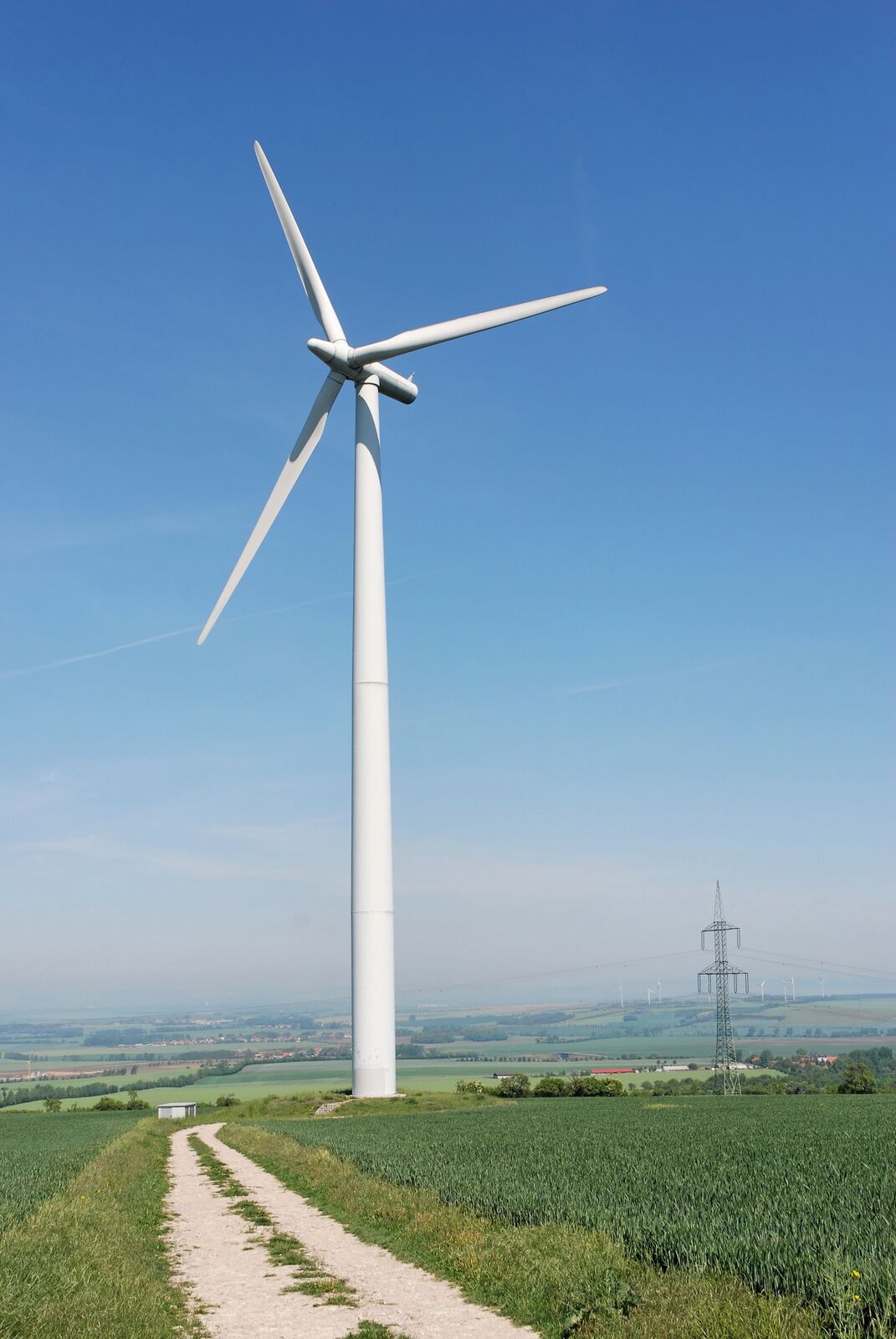 The US is currently witnessing a phenomenal rise in one of our critical energy sources for the future: wind power. In fact, the price of wind power has dropped an amazing 66% in the last six years. What’s more, wind was the largest source of new electric capacity in the country last year, generating 41% of all new electric power to come online in 2015. This growth has helped the U.S. to become the world’s top wind energy producer, with enough output in the last year to power 17.5 million homes. Offshore wind is also taking off, as the country’s first offshore wind project will be completed off the coast of Rhode Island by the end of 2016.
The US is currently witnessing a phenomenal rise in one of our critical energy sources for the future: wind power. In fact, the price of wind power has dropped an amazing 66% in the last six years. What’s more, wind was the largest source of new electric capacity in the country last year, generating 41% of all new electric power to come online in 2015. This growth has helped the U.S. to become the world’s top wind energy producer, with enough output in the last year to power 17.5 million homes. Offshore wind is also taking off, as the country’s first offshore wind project will be completed off the coast of Rhode Island by the end of 2016.
Wind’s advantages over other forms of energy are widespread, ranging from the clean, reliable power it produces, to more jobs and a reduction in dangerous pollution linked with fossil fuel-burning plants. Across all 50 states, more than 88,000 jobs are supported by the wind industry, a 20% increase since 2014. Wind power was able to create $7.3 billion in public health benefits within the last year alone. Wind energy is also helping to lower energy bills, and keep prices down for extended time periods. By adding more wind to their portfolios at fixed prices for 20-25 years, utilities are able to forgo the uncertainty of fuel costs. A growing consumer base of non-utility purchasers is helping to support the industry, with over 52% of wind power purchase agreements coming from cities, universities, and Fortune 500 companies in 2015. The numerous positive effects of wind turbines are a testament to why continued support for these projects is vital from all angles, including policy, financial, and development stability, especially for developing offshore projects.
But let’s talk about how to get a wind project going. First, one must first find the proper location. For onshore wind projects, a large majority of the land used for turbines is rented, resulting in major economic investments in local communities by wind developers. This puts agricultural producers alongside ranchers and rural landowners, in a unique position as it allows them to lease their land to major wind developers, while sacrificing a minimal percentage of their overall acreage. In 2015 alone, rural landowners benefited from over $222 million in lease payments from wind projects. In addition, the wind energy industry has made over $101 billion in cumulative investments in low-income communities. Even states with less optimal wind potential are seeing economic benefits, as wind projects, or wind-related manufacturing facilities exist in all 50 states, spanning across 70% of U.S. Congressional districts.
Transmission capacity, or the ability to get electricity from where it’s generated to where it’s used, is also critical to bringing new projects online. The U.S. Department of Energy has moved to help make the Plains and Eastern Clean Line project, a major wind infrastructure project, a reality. The results will deliver over 4,000 megawatts of wind energy to 1.5 million homes throughout Tennessee, Arkansas,and other southern states. What’s more, Texas, an international leader in wind energy, created the Competitive Renewable Energy Zones to support transmission needed for new wind projects, with wind contributing up to 25% of the overall energy produced in Texas.
Financing and ultimately building a wind project often relies on policies that assist the burgeoning sector to compete with dirty energy sources that have been favored with decades of government subsidies despite polluting our communities. Policies now in place at both the state and national level help level that uneven playing field. The federal Production Tax Credit, worth 2.3 cents for every kilowatt-hour of electricity produced, is helping to keep wind energy attractive to investors, as well as creating jobs, creating energy security, and supporting domestic manufacturing. Stable and predictable tax policy is critically important to sustaining renewables, including wind projects, as it gives producers the certainty they need to manufacture wind and solar equipment, investors the confidence to get behind renewable projects, and customers the certainty they need to buy it.

States are also a critical component in ensuring wind power is a success. In fact, dozens of states have implemented renewable energy standards, which require the state’s energy supply to be diversified, and ultimately implement more renewable technologies. One example is Governor Cuomo’s Clean Energy Standard. This program has a goal of achieving 50% renewable generation by 2030 for New York. This plan can also help bring offshore wind projects to New York’s major population centers in New York City and on Long Island.
Since 2008, the wind sector has driven over $100 billion into the U.S. economy. One of the latest projects to be announced, the $3.6 billion Wind XI project in Iowa, will be the largest economic development project in the state’s history, with $12.5 million in yearly property taxes, $18 million in landowner payments, and $48 million in local and in-state spending for the project. More than that, this huge investment will help Iowa generate more than 40% of its energy from wind.
With a pending request for proposals for new clean energy projects in New England and a forthcoming approval process for offshore wind projects in Maryland, the Northeast is primed to reap the rewards of a wind-driven clean energy economy.